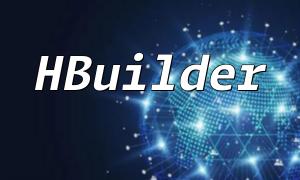When developing PHP-based websites, performance optimization is a critical aspect. By effectively implementing data caching and page staticization, developers can significantly improve page load times and reduce server resource usage, resulting in a better overall user experience.
Data caching involves storing frequently accessed data in memory or another intermediary storage layer to avoid repetitive retrieval from databases or APIs. This improves processing efficiency and response speed.
PHP supports multiple caching tools like Memcache and Redis. Here's a basic example of using Memcache for data caching:
// Connect to the Memcache server
$memcache = new Memcache;
$memcache->connect('localhost', 11211);
// Check if cached data exists
$data = $memcache->get('key');
if ($data === false) {
// Data not cached, fetch from source
$data = fetchDataFromDatabase();
// Store data in cache for 1 hour
$memcache->set('key', $data, 0, 3600);
}
// Output cached data
echo $data;
In the code above, if the data is not found in the cache, it is fetched from the source, stored in the cache, and used for future requests, significantly improving response times.
Page staticization refers to the process of converting dynamically generated web pages into static HTML files. This reduces the reliance on PHP and database queries, especially for content that doesn’t change frequently, thus lowering server load and speeding up page delivery.
Here is a simple way to generate static pages using PHP's file_put_contents function:
// Generate dynamic content
$content = generateDynamicContent();
// Save it as a static HTML file
$filename = 'path/to/static/file.html';
file_put_contents($filename, $content);
In this example, the dynamic content is generated first, then saved to a specific file path. This static file can then be served directly, greatly improving performance.
Whether you're using caching or staticization, choosing the right method depends on the specific use case. Here are a few suggestions:
Using PHP techniques like data caching and page staticization can greatly enhance website performance. These approaches reduce server processing time and enable faster content delivery. By implementing them appropriately, developers can build faster, more efficient web systems with an improved user experience.









